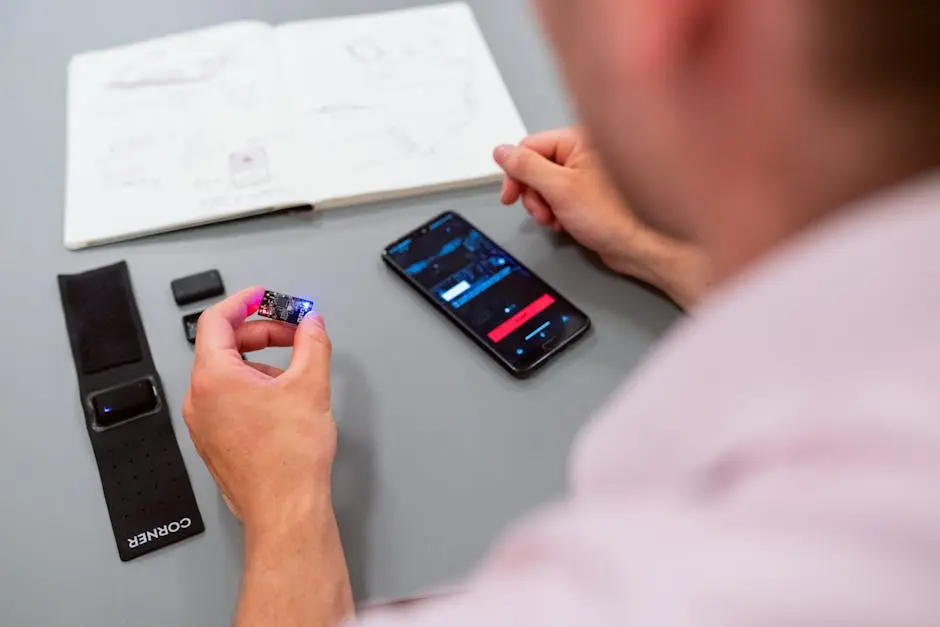Product testing is a crucial part of app development, ensuring that your app meets user needs and performs flawlessly. In this guide, we’ll walk you through the best practices for effective product testing to enhance your app’s quality and user satisfaction.
Understand Your User Requirements
Before you start testing, it’s important to have a clear understanding of what your users need. Gather user stories and requirements to align your testing process with user expectations.
Effective product testing starts with knowing your audience. Engage with your potential users through surveys and interviews to gather insights. This will help in shaping the features that resonate with them and in identifying potential pain points.
User requirements are the backbone of any successful app. By thoroughly understanding these requirements, you ensure that the app you deliver is both useful and user-friendly. It’s crucial to revisit these requirements frequently as your app evolves.
Develop a Comprehensive Testing Plan
A well-structured testing plan outlines the scope, objectives, and types of tests you’ll conduct. Include functional, usability, performance, and security tests in your plan to cover all bases.
When creating a testing plan, consider both manual and automated testing approaches. Each has its strengths, and a combination can ensure a thorough examination of your app. Regularly update your plan to incorporate changes and new features.
A solid testing plan is more than just a checklist. It serves as a roadmap for your testing team, ensuring everyone is on the same page and aware of their roles and responsibilities. This clarity minimizes confusion and enhances efficiency.
Implement Automation Testing
Automation testing helps improve efficiency and accuracy in testing. Use tools like Selenium or Appium to automate repetitive test cases, saving time and reducing errors.
By incorporating automation testing, you can focus your resources on more critical observations and analyses. This approach is especially valuable for repetitive tasks, allowing human testers to zero in on areas that truly require their expertise.
To make the most of automation testing, it’s important to choose the right tools and frameworks. Evaluate different options that align with your app’s technology stack and testing needs, ensuring the best returns on your investment.
Incorporate Continuous Testing
Integrating continuous testing throughout your development cycle ensures that testing is conducted consistently. This practice helps in early identification and resolution of issues, maintaining a stable app.
Continuous testing is a game-changer in modern development. It encourages a culture of quality and consistency, enabling faster and more reliable releases. Remember, frequent feedback loops are key to maintaining momentum and driving improvement.
A robust continuous testing strategy involves collaboration between testers and developers. Sharing insights and observations in real-time enables swift corrective actions, ensuring your app evolves seamlessly and effectively.
Conduct User Acceptance Testing (UAT)
UAT allows real users to test the app in a real-world scenario, providing valuable feedback. This step is crucial in validating your app’s functionality and user experience before the final release.
Emphasize the importance of collecting feedback during UAT. Encourage users to be open about their experiences, and use their insights to refine your app. This real-world testing phase is invaluable in identifying subtle usability issues that might have been overlooked.
The success of UAT hinges on selecting the right testers. Aim for a diverse group that mirrors your target audience, ensuring comprehensive feedback that reflects varied user perspectives. Consider incentivizing participation to gather as much data as possible.
Final Thoughts on Product Testing Best Practices
By following these best practices for product testing, you can ensure that your app not only meets but exceeds user expectations. Testing diligently at each stage of development helps in identifying potential issues early, saving time and resources in the long run. Remember, a well-tested product leads to a successful and reliable application.


